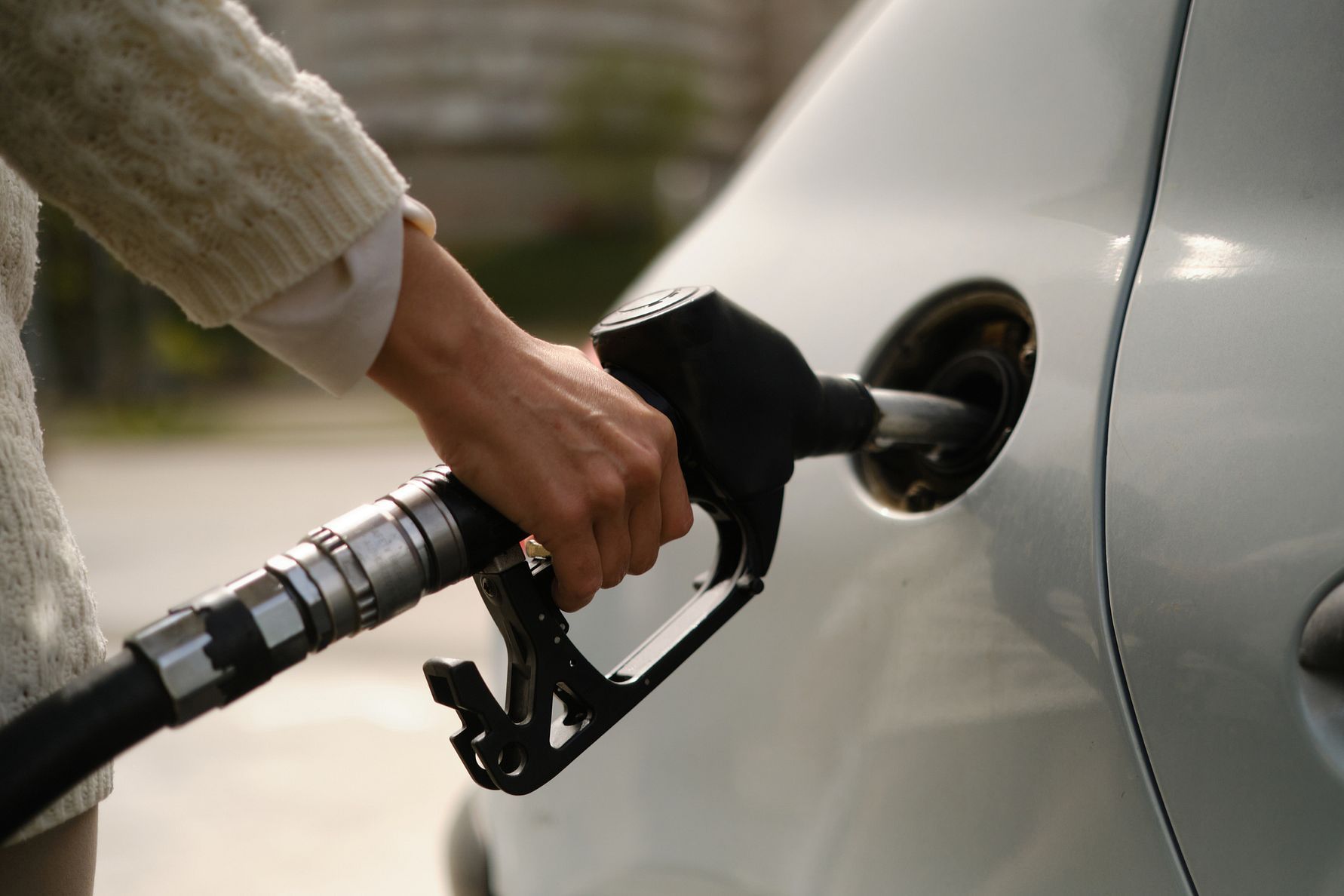October sees diesel rocket by 10p a litre making for the third worst monthly increase on record

The average price of diesel shot up by more than 10p a litre in October – the third biggest monthly increase on record – adding more than £5 to a tank, data from RAC Fuel Watch* reveals.
A litre of diesel went from 180.37p to 190.51p making October’s rise second only to the ones seen earlier this year in March (22p – 155.23p to 177.29p) and June (16p – 183.43p to 199.05p) which gave rise to the new all-time high of 199.09p (25 June).
This means it now costs £105 (£104.78) to fill up a 55-litre diesel car. The price of petrol also increased, but only by 4p (3.71p) a litre from 162.67p to 166.38p which means a full tank costs £2 more at £91.51. October also saw the gap between the forecourt prices of diesel and unleaded reach an all-time high of 24p a litre.
The RAC says the price hikes began at the start of the month when oil producer group OPEC+ agreed to cut production by 2m barrels a day. This led to the barrel price going up 7% from $88.86 to $94.83, hitting a high of $97 on 27 October. This combined with the weaker pound made wholesale petrol and diesel – which is traded in dollars – more expensive. The value of the pound did, however, increase by 2% from $1.12 to $1.15 through the month.
The average price of unleaded at one of the big four supermarkets went up 4p from 161.31p to 165.36p; diesel jumped 9p from 178.51p to 187.54p. Motorway petrol increased nearly 8p from 182.83p to 190.48p while diesel rocketed by 12p from 192.74p to 204.24p.
RAC fuel spokesman Simon Williams said:
“After three months of falling pump prices October was a severe shock to the system for drivers with the unwelcome return of some scary numbers on forecourt totems. Those with diesel vehicles suffered most with 10p being added to the cost of a litre in what was the third worst monthly increase on record, but petrol car drivers also saw a 4p-a-litre increase across the country.
“Oil producer group OPEC+’s decision to cut supply by 2m barrels a day has cost drivers dear. Oil came perilously close to the $100 mark – something we haven’t seen since late August. Prior to that the barrel price was well above $100 from Russia’s invasion of Ukraine at the end of February until mid-July, reaching a high of $138 in early March, which caused pump prices of both petrol and diesel to reach new peaks in late June and early July.
“The fear now, particularly for diesel drivers, is whether the average price of a litre is heading back to that record of 199.09p which made a full tank cost more than £109. Looking at the wholesale market we strongly hope the price should stabilise. And those with petrol cars should actually see forecourt prices start to go slightly the other way as the wholesale cost of unleaded appears to have peaked – at least for the time being – in mid-October.
“We strongly urge drivers to make sure they always know where they can buy fuel at the lowest prices. Those who assume their local supermarket will be the cheapest may be in for a nasty surprise as the ‘big four’ are currently only a penny cheaper for petrol than the UK average. Diesel, however, is 3p a litre less than the average when bought at a supermarket.
“We recommend drivers keep an eye on the UK averages on the RAC Fuel Watch website and aim to fill up as far below those prices as possible. The cheapest place to fill up, for those fortunate enough to have membership, is Costco where a litre of petrol costs an average of 154p and diesel 176p – 12p and 14p lower than the UK averages. It’s interesting to see just how low fuel can be sold even at a time of $90 oil and a weak pound. Clearly, Costco’s margins are low, but they must surely still be making a profit.”


